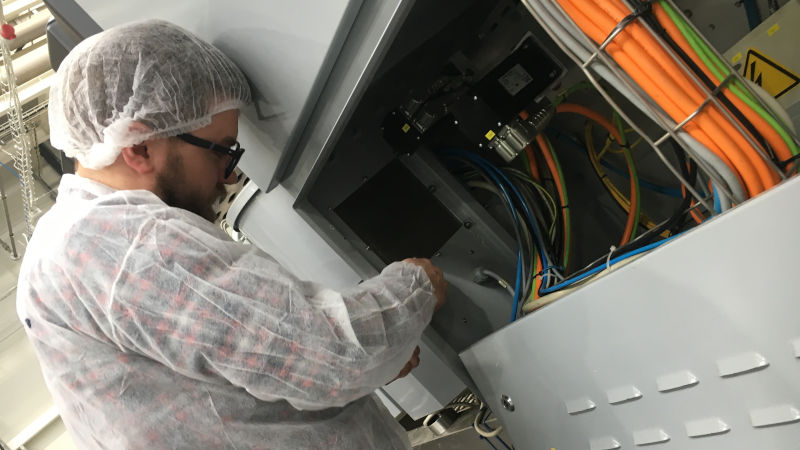
Problem
How to define quantitative production quotas, without forcing employees to overload machines and causing a decrease in the quality of manufactured elements?
Solution
The FitMech service allows to measure production processes and provides analytical data about them in an automated manner.
Real-time statistics are available live and for each shift over the last 12 months.



